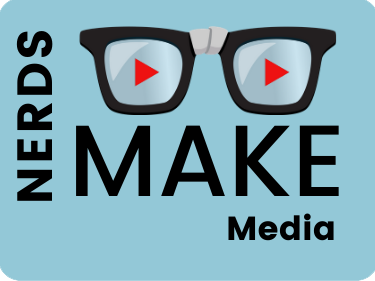In addition to great food and a hilarious keynote speech by Andrew Tarvin on using humor in the workplace I attended several very interesting presentations that I’ll post over the upcoming weeks.
My first session was Create Soft Skill Training with Jean Marrapodi, PhD, CPLP Chief Learning Architect, Applestar Productions.
Soft skills training is difficult because it attempts to teach behavior instead of knowledge and is not measurable. A lot of soft skills training is about observing what works in real life.
How to Develop Online Soft Skills Training – Part 1
1. Know where you are going and why (the who, what, when, where and how). Too many people think eLearning development is just about chunking up content and making it look pretty.
2. Invest in discovering what the actual problem is -why are they asking you to do this? Make the client articulate what is behind the request.
a. For example: “we need training on communication” – so many things could be behind that, so you need to ask – is it:
i. Conflict?
ii. Nobody is picking up the phone?
iii. Poor listening?
iv. Something hit the fan?
v. Something else entirely?
3. Figure out how this issue is impacting the business.
4. What will the KPI (key performance indicator) be?
5. Refine the question of “What do they need to know and do?” down to a single sentence. “Our learners will know X and be able to Y. She really focuses on working with SMEs to get it to one sentence, if she can’t the problem is not defined enough. Sometimes you have to throw your best guess together to give them something to bounce off of and help them figure it out. That one sentence gives you a goal, and also a way to fight scope creep and help focus people.
6. Determine how will we know that they know and can do it? This requires research, finding scenarios etc. to get the right content to apply to the situation.
7. Determine how will they know that they know and can do it? People need confidence to actually do and apply what they’ve learned. How sure is the learner of their ability to apply what they have learned?
8. How do you know they know that they know and can do it? It can be helpful for them to see what happens when they fail and what consequences are.
9. Build the framework before you build the content.
10. She always uses simple mindmaps. That one sentence you created is the goal. From the goal you usually have a few outcomes. The outcomes are supported by your objectives. The goal is “now”, the outcomes are “later” (i.e. things they will be able to do in the future).
11. Only once you’ve clarified goals, outcomes and objectives should you build out content and activity.
12. Always focus on the learners’ WIIFM (what’s in it for me).
Join us next for Dr. Marrapodi’s approach to developing scenarios.
